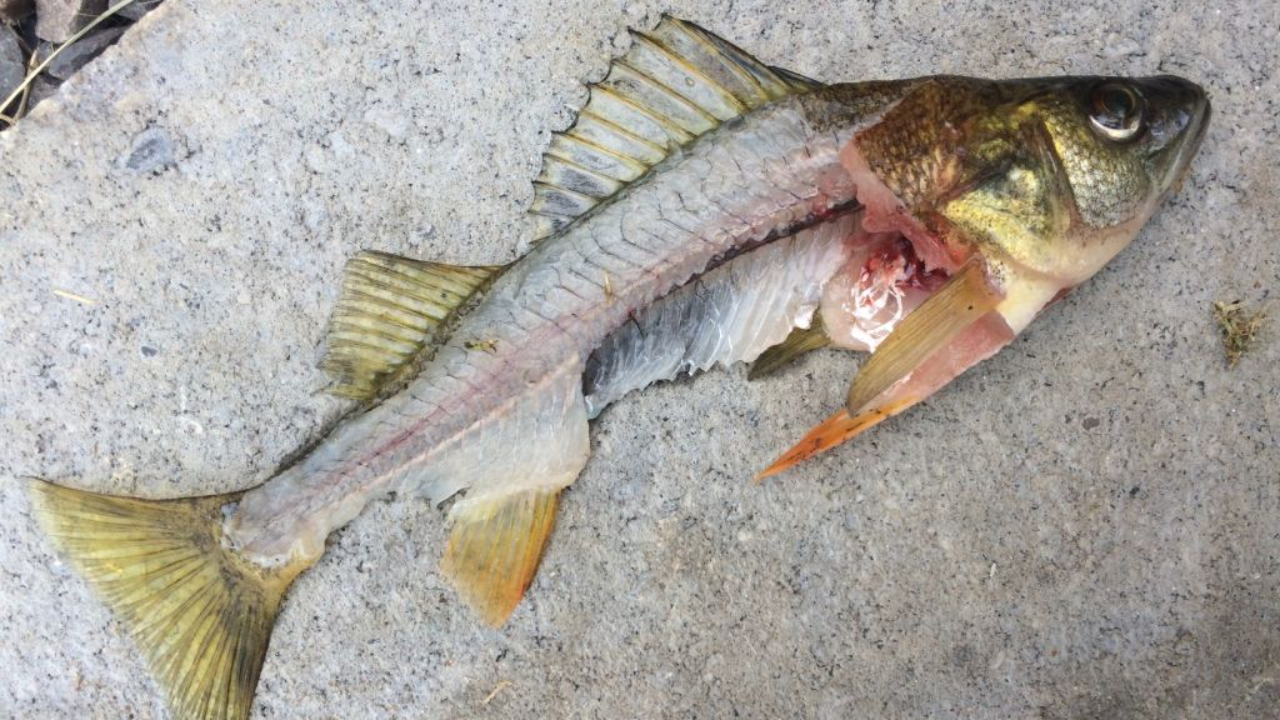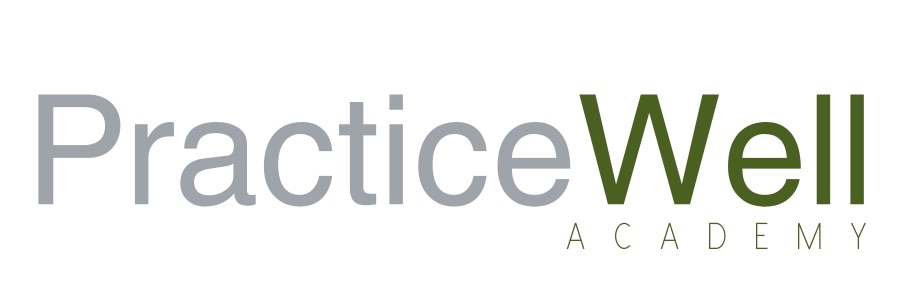7. Art (part III)
Dec 07, 2024
Touring the bowels of a donor can be one of the most informative journeys, where we often pause to discuss strange discoveries. “Sir’s” colon reveals an unexpected deviation from the norm. As we trace it winding around the abdomen, it descends normally to become the rectum, but then we find a mysterious section that bubbles up in an odd place. Sir’s colon does not complete the descent where it ought to. It loops back up to form an unusual hollow ball and descends again to its exit. A redundant colon is when the colon is abnormally long and can have extra twists and turns to squeeze itself into the allotted space. The passageway beyond the bubble, Sir’s colon is only as thick as a cinnamon stick, which would surely have made bowel movements a challenge for him.
When we encounter these surprises, first we ask around the room to see who knows what, then we pull out an anatomy book and eventually we consult the Internet. Thanks to the amazing skills of anatomy illustrators, a clearer view of what we are looking at is presented. The illustrations are void of any fat or fascia that can confuse novice eyes like ours.
Often, on a Saturday morning over coffee, I will pull out my anatomy books so I can take a closer look at something that intrigued me during my week of massaging. Like most manual therapists, I have a strong kinesthetic sense. This means I not only use my hands to feel my way through learning, but when I feel something kinesthetically, it stimulates my brain to recall similar structures I have felt and provides a strong mental image of those.
Having spent so many hours in the lab and touching so many living bodies in my massage practice, the books, my only visual reference before, have become indispensable tools that return me to the lab at a glance. We are not permitted to take photos of our donors, and my gratitude for the artists who put pen to paper is constantly renewed. They illustrate in such fine detail our complex systems and offer accurate reference for what the majority of humans will never see.
I’m interested to learn that early anatomy illustrators acquired the bodies they dissected unethically and often illegally. The images are clean and void of all the slippery connective tissue that took time to weed through, and prior to embalming practices of the mid-1800s, dissectors also had to face the time constraints of decay. We have come a long way in this realm, but there still exists a secrecy and stigma surrounding human dissection.
Each lab has a section of anatomy books that are available for reference. They are greasy from the embalming chemicals that end up on our gloved hands as we go from the donor to the pages of books in search of a road map guiding the exploration. For over two thousand years, artists have been presenting images of the body’s interior. The anatomical renderings present clean lines and definitions that take detailed attention and time to expose.
The time it takes to make a small section of the body as beautiful as something you would see in BodyWorlds or in books reveals (and dissects away) an infinite number of discoveries. From the spinal cord, where they originate, nerves can be followed snaking their way through all the different types of fascia, to emerge at the skin. This detail is not lost in a first dissection, but it is also not likely a focus, because eventually the nerves will have to be cut if there is going to be full removal of the skin. And then cut again as muscle is removed, and so on. After exploring the skin over several dissections, having gained more skill with the knife, one might be ready to preserve some of the nerve, where deeper connections and branches are uncovered. The same scenario is true for blood vessels, lymph channels, muscle fibers, and more. There looks to be no end to what can be uncovered in the lab, given time. Anatomy illustrators have to dissect all of that out of the way to reveal their beautiful images of the body. I am expanding my own collection of mental images, and it feels as though the effort of acquisition bridges the distance between my lab experiences and those of the early anatomists. We have theoretically cut into the same structures, fueled by the same curiosity and using similar tools.
After years of touching bodies in massage, my hands have become attuned to the changing texture beneath the skin. For the most part, I can (I think) identify what is muscle, nerve, tendon, fascia, and adipose. The deeper my hands travel into this terrain, the more layers I need to navigate. It’s not always clear what I am feeling, and I must rely on my visual memory of the structure I’m after. I am always thinking of the lab when I work. A day does not go by when I am not palpating some deeper layer, my face all scrunched up as I try to retrieve an image from my brain.
Books help to fill in those visual blanks, but I still like to see and feel things for myself. If I have not turned a structure inside-out in the lab, later recall is muddy and limited.
This was my experience with gluteus minimus. It’s the deepest gluteal muscle and the mouthiest in terms of how much pain it can cause. It is nicknamed the “pseudo-sciatic” muscle, and 99.9 percent of the time a client tells me they have sciatica, it’s the treatment of this muscle that eases their pain. True sciatica is a way more complex problem that cannot be fixed by treating gluteus minimus, which eases clients’ concerns when they feel immediate relief. In the books, this muscle looks pretty substantial.
In the illustrations, glute min appears much bigger, likely because it has been flattened onto the surface of the pelvis, a curved bone that has also been flattened onto the surface of the page. On a three-dimensional model, things look a lot different. Dissection has helped me to accurately locate some of the deeper muscles, which has brought immediate results to my clients outside of the lab.
On occasion I will supervise lab visits for the massage students in my hometown. Once a year they are treated to a short field trip into our city’s medical school teaching lab. The donors are already dissected and laid out, some whole, some in part. Maybe because they are on an academic journey, the students have more grace than I did about being in the lab for the first time and eagerly get their hands in to discover what they can in the hour or so provided. Witnessing their exuberance in viewing real anatomy opens up fresh and interesting lines of thought because their minds are broader with all the new information their education has delivered. Their questions open me to an attitude of discovery, convincing me to put down the stubborn certainty of knowing.
Looking through the viscera, a student asks while pointing to the liver, “Is that a lung?” or pointing to the small intestine, “Is that the pancreas?” There have been occasions where massage colleagues have asked, “Is one of the heads of this hamstring missing?” or, after questioning the location of a small hip muscle, “No, that’s not it. I don’t believe you!” These are admittedly embarrassing errors, and I’ve made more than a few of them myself. The confusion is easy to understand when you go from looking at a colorful two-dimensional image to a gray-brown 3-D model. It’s disorienting and overwhelming to try and draw a parallel between the two.
We find interesting variances also. Mobe’s musculature is significant. After seeing a few donors, I have more reference for comparison, and with Mobe we note almost immediately that he has more mobility in his joints in the embalmed state, where greater stiffness is expected. His muscles are broad and have maintained a deep red color, which we hypothesize to mean that perhaps there had been more blood moving through them in life than through the average dull-looking embalmed muscle. His calves are extremely tendinous, which likely would have afforded them more strength and endurance. At his chest, I observe how expansive his main pec muscle is, and as the dissection progresses, it’s revealed that he has an extra section to his pectoralis major. I launch into an investigation as to why.
Dipping deep behind his collarbones, I find two—one on each side—dense, ribbed tubes. They are very strong and I cannot easily penetrate them with my scalpel; I can’t slide them along the underside of the bone either, but there is still a lot of other tissue to dissect out of the way to know for sure.
During this particular dissection, our group is all alumni. We sneakily decide while circling the room on day one that we should all work together. Coincidentally, all of us were also part of a longer three-week dissection two years earlier. Gil is gracious in allowing this, especially since it has left every other donor without a practiced dissector at the table. Our experience with a previously slower pace has us way behind in the dissection progression, but we uncover a lot of fine detail that is not normally revealed in a six-day course.
We are working together on so many projects separately and simultaneously that it’s not unusual to be called away from one task to assist in another. I never am able to come up with a good reason for Mobe to have had the extra pec muscle, but I do solve the mystery of the collarbone tubes. Turns out they are not tubes after all, but extra bone laid down to strengthen a previous fracture.
I think of Mobe often when I am massaging. My touch sense is heightened by the visuals captured through my work in the lab, and I catch myself making assumptions about what I expect to feel. Mobe reminds me of variance. We are all more or less modeled from the same template, but our uniqueness does not disappear beneath the skin. When I feel something I cannot identify, I pay a little more attention and abandon the certainty of what I expect to feel under my hands.
Some anatomical variations are more common, and although fascinating to encounter, they are less surprising because we know statistics exist on such occurrences. On one of my visits to the lab with the massage students, we saw a donor with a sciatic nerve divergence seen in only 10% of the population.
The group I had accompanied to the lab were first-year students who had not yet studied the sciatic nerve. I was standing with a student, reviewing the pelvis and gluteal muscles when I realized what we were looking at. I have seen many more cadavers and sciatic nerves than most people, but this was a first for me. I was so excited, but my exuberance was met only with a blank stare.
When I revealed this on social media, the feedback from fellow dissectors was much more appropriate to my excitement. Except for the one person—not a dissector, but someone on the path to becoming an undertaker—who had to one up me by describing an experience with an even less common phenomenon—situs inversus, where the organs are presented in reversed locations.
Variation can show up at any level.


